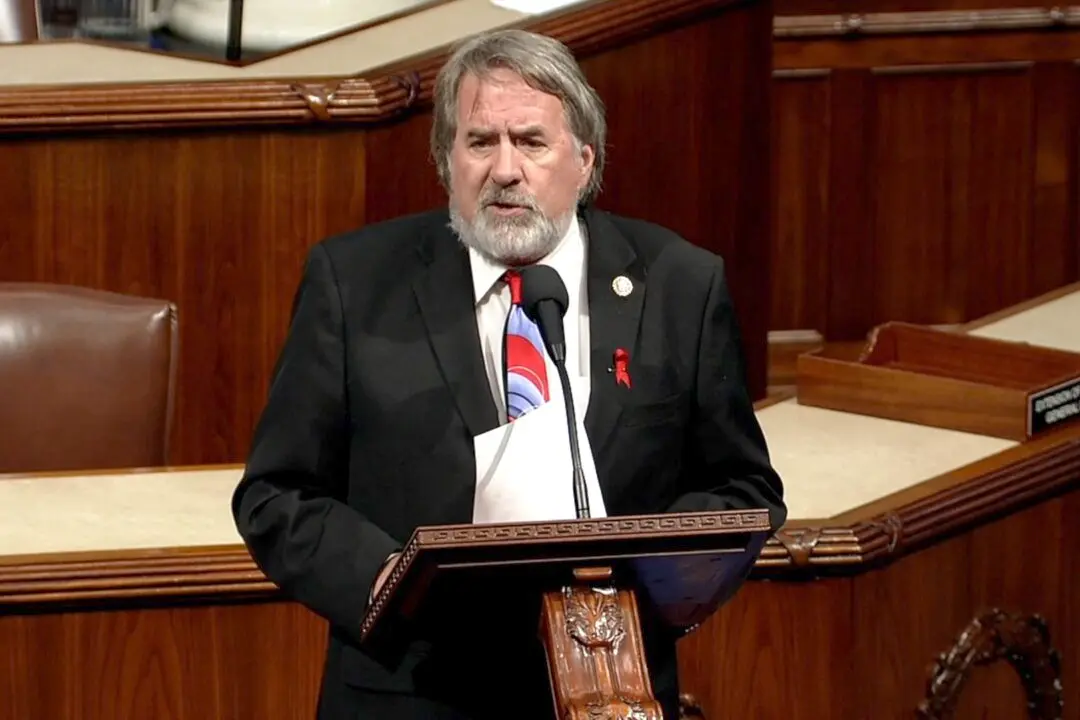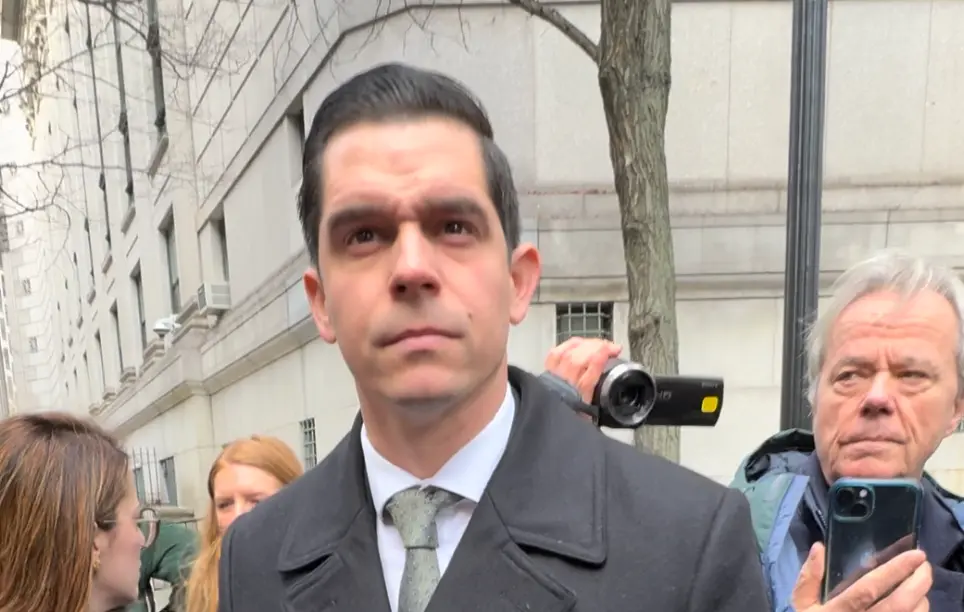WASHINGTON—A powerful but little-known mechanism is expected to be employed in the upcoming Congress to advance significant parts of President-elect Donald Trump’s legislative agenda.
The budget reconciliation mechanism can be used to pass certain types of legislation without having to clear the 60-vote filibuster threshold in the Senate. When the filibuster is avoided, only a simple majority is needed in the Senate.





